TECHNOLOGY
Cyberattack blame games are closer to nuclear war than it might seem – which is why a cyber-security treaty is essential
Published
3 years agoon
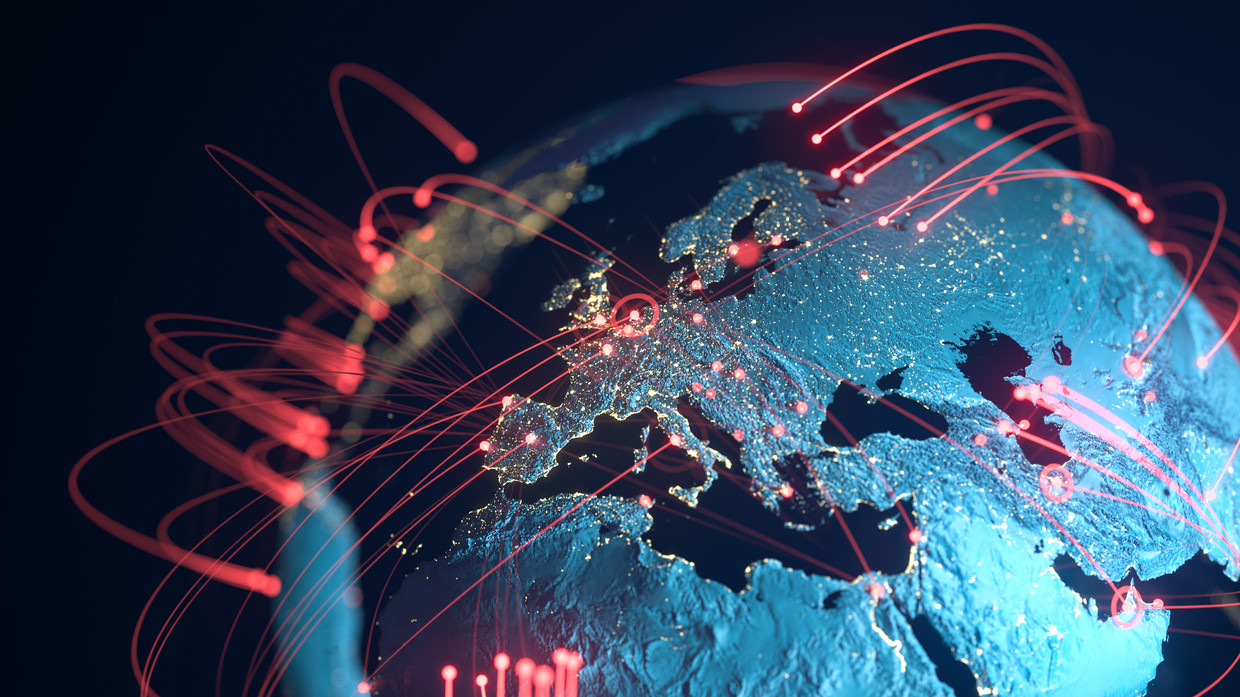

NATO has made it clear a sufficiently serious cyberattack can be treated as a physical one, and trigger a response as such. That means not even nuclear war is off the table, and an international treaty is urgently needed.
A recent statement by NATO Secretary General Jens Stoltenberg drives home the chilling reality that cyberattacks, proven or alleged, have the potential to lead to a nuclear conflict that would make even the worst cyberattack pale in comparison. During a visit to the US, Stoltenberg said NATO had “decided that a cyberattack can trigger Article 5…[i]t doesn’t matter if an attack is kinetic or cyber, we will assess as allies when it meets the threshold … and it sends a message that we are cyber-allies.”
Stoltenberg had already written an article in August 2019 in which he declared that NATO, in “adapting to this new reality” (i.e. cyberattacks), was embracing a policy whereby “a serious cyberattack could trigger Article 5 of our founding treaty” – the collective defense clause in the NATO Charter that states that an attack against one ally is treated as an attack against all. “We have designated cyberspace a domain in which NATO will operate and defend itself as effectively as it does in the air, on land, and at sea,” Stoltenberg wrote.
‘Trusted’ tech platform used by US govt offices held hostage in ransomware attack – media
The problematics of that statement aside, Stoltenberg and NATO were taking steps to equate a cyberattack with armed aggression. This dangerous escalation cannot simply be pushed aside and ignored as hyperbole. In February 2018, the Trump administration published its Nuclear Posture Review document, which allowed for the use of nuclear weapons to respond to devastating non-nuclear attacks on American infrastructure, including crippling cyberattacks of the kind envisioned by the United States when targeting Russia and other nations, such as Iran. Given there is a record of US cyber weapons being re-purposed for use against US targets, it is not inconceivable that the US could be hit by a devastating cyberattack using its own US-made cyber weapons, and that this attack could prompt an American nuclear response.
There has never been a greater need or urgency than now for a cybersecurity treaty or agreement between the US and Russia. The White House has said that President Biden plans on making alleged Russian cyber activity a topic during his upcoming meeting with President Putin. Washington is accusing Russia of harboring the perpetrators of a recent spate of ransomware attacks – either instigating them directly, or failing to crack down on the criminal groups.
For his part, President Putin is expected to respond to any discussion of cyberattacks with a list of grievances of his own, along with a proposed solution in the form of a four-point “comprehensive program of practical measures to reboot our relations in the field of security in the use of information and communication technologies” that Putin first raised this past September.
For over a decade now, Russia has been pushing for a cyber treaty based on the model of the Chemical Weapons Convention (CWC). In a 2009 speech, Vladislav Sherstyuk, a deputy secretary of the Russian Security Council, set forth Russia’s baseline conditions for such a treaty – namely, the banning of any country secretly embedding malicious codes or circuitry that could be remotely activated during time of war.
Skynet? Russians? Twitter jesters have field day after #cyberattack trends amid massive downing of popular websites
Russia’s worries were far from theoretical – classified documents released by whistleblower Edward Snowden show that, as of June 2010, the National Security Agency’s Tailored Access Operations (TAO) unit, responsible for offensive cyber operations, would intercept “shipments of computer network devices (servers, routers, etc.) being delivered to our targets throughout the world,” which would then be diverted to a secret location where they would install “beacon implants directly into our targets’ electronic devices.” Photographs contained in the documents showed NSA employees opening the shipping box for a Cisco router and installing beacon firmware.
Cisco was a major supplier of high-tech internet equipment at the time, providing sophisticated internet switches similar to those modified by the NSA to Russian customers, allegedly including the Federal Security Service and Ministry of Defense.
The activities of the NSA’s TAO appear to be part of a comprehensive offensive cyber program initiated under President Obama that targeted Russia in two ways: first, by implementing operations that were designed not to cause significant damage and intended to be detected, thereby sending a signal about the potential reach of US cyber capabilities. The second cyber pathway was more ambitious, involving the employment of the kind of “implants” mentioned in the Snowden documents, penetrating critical Russian networks “that would cause … pain and discomfort if they were disrupted.” These implants were designed so they could be remotely triggered in response to any Russian cyber-based aggression.
‘I’ll let him know what I want him to know’: Biden shoots ‘warning’ at Putin ahead of meeting
It goes without saying that the US resisted Russia’s proposal for a CWC-style cyber treaty, since, if it had been implemented along the lines proposed by Russia, the US would have found its entire cybersecurity strategy undermined, since it is firmly founded in the principle that the best defense is a good offense. In short, if offensive cyber operations were banned by international law, the US would suddenly find entire organizations and tens of thousands of dedicated cyber spies and warriors out of work. It is for this reason that the US position regarding international cooperation on cyberattacks has been to treat the matter as a law-enforcement issue, with the US State Department endorsing as a model the 2004 Council of Europe Convention on Cybercrime, which has been signed by 22 nations, including the United States – but not Russia. Russian objections were founded on notions of sovereignty, specifically that the convention allows law enforcement agencies from other countries to investigate suspected cyber-based criminal activity originating inside Russia without first informing Russian authorities. But the real reason could be as practical as those of the US hesitancy regarding a CWC-style cyber treaty – by entering a convention that required Russia to work with outside agencies regarding criminal cyber activity originating in Russia, Russia would be hampering the work of private hacking groups allegedly attacking its rivals from its territory, whether in direct affiliation with the state or not.
When the two presidents get together in Geneva on June 16, one can only expect that Putin will give as good as he gets when it comes to cybersecurity. Hopefully, the two world leaders will be able to avoid the temptation of repeating Biden’s theatrical “Putin is a killer” moment from earlier this year, and realize that the threat from cyberattack is real and mutual, and, if not resolved, could lead to instability that could quickly tumble into things much more devastating than cyberattacks.
You may like
-
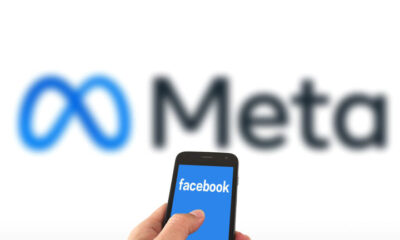

Facebook parent Meta fined €1.2 billion by Irish watchdog
-


How much YouTube pays for 1 million views, according to creators
-
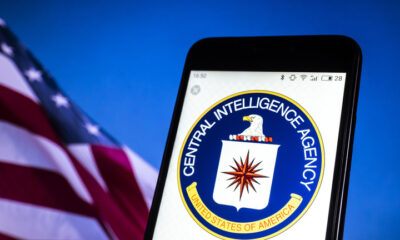

Report details CIA’s alleged color revolution efforts
-


Tesla employees shared sensitive images recorded by cars – Reuters
-


Nordic nation’s military bans use of TikTok – media
-


AI ‘stresses me out’ – Musk
TECHNOLOGY
How much YouTube pays for 1 million views, according to creators
Published
1 year agoon
May 6, 2023
- YouTube creators earn money from Google-placed ads on their videos.
- A number of factors determine how much money they make, including video views.
- Creators said how much YouTube pays for 1 million views ranged from $3,400 to $30,000.
While many factors — content niche and country, among them — determine how much money a YouTuber earns on any particular video, the number of views it gets is perhaps the most significant.
When a YouTube video hits 1 million views, there’s almost a guaranteed big payday for its creator. In some cases, creators can make five-figures from a single video if it accrues that many views.
Three creators explained how much money YouTube had paid them. YouTube pays $3,400 to $30,000 for 1 million views, these creators said.
When tech creator Shelby Church spoke with Insider, she had earned $30,000 from a video about Amazon FBA (Fulfillment By Amazon). At the time, the video had accrued 1.8 million views.
Her RPM rate — or earnings per 1,000 views — are relatively high, she said, because of her content niche. Business, personal finance, and technology channels tend to earn more per view.
“YouTubers don’t always make a ton of money, and it really depends on what kind of videos you’re making,” she said.
Influencers can earn 55% of a video’s ad revenue if they are part of YouTube’s Partner Program, or YPP. To qualify for the program, they must have 1,000 subscribers and 4,000 hours of watch time on their long-form videos.
They can also make money from shorts, YouTube’s short-form video offering. In order to qualify, creators need to reach 10 million views in 90 days and have 1,000 subscribers. YouTube pools ad revenue from shorts and pays an undisclosed amount to record labels for music licensing. Creators receive 45% of the remaining money based on their percentage of the total shorts views on the platform.
You can share this story on social media:
PLEASANT MUSIC FOR YOUR CAFE, BAR, RESTAURANT, SWEET SHOP, HOME
SUITABLE MUSIC FOR YOGA LOVERS
TECHNOLOGY
Tesla employees shared sensitive images recorded by cars – Reuters
Published
1 year agoon
April 8, 2023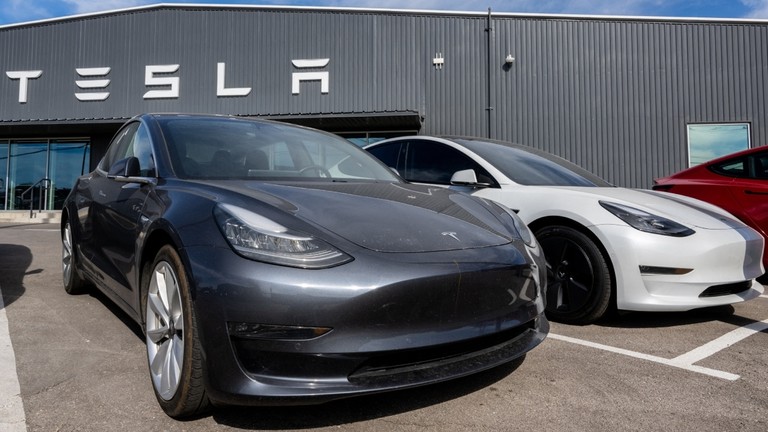
Some pictures were turned into memes and distributed through internal chats, former workers told the agency
Tesla workers shared “highly invasive” images and videos recorded by customers’ electric cars, making fun of them on internal chat groups, several former employees of Elon Musk’s company have told Reuters.
The electric-car manufacturer obtains consent from its clients to collect data from vehicles in order to improve its self-driving technology. However, the company assures owners that the whole system is “designed from the ground up to protect your privacy,” the agency pointed out in its report on Thursday.
According to nine former workers who talked to the agency, groups of employees shared private footage of customers in Tesla’s internal one-on-one chats between 2019 and 2022.
One of the clips in question captured a man approaching his electric car while he was completely naked, one of the sources said.
Tesla recalls over 360,000 cars over self-driving threat
Others featured crashes and road-rage incidents. One particular video of a Tesla hitting a child on a bike in a residential area spread around the company’s office in San Mateo, California “like wildfire,” an ex-employee claimed.
“I’m bothered by it because the people who buy the car, I don’t think they know that their privacy is, like, not respected… We could see them doing laundry and really intimate things. We could see their kids,” another former worker told the agency.
Seven former employees also told Reuters that the software they used at work allowed them to see the location where the photo or video was made, despite Tesla assuring its customers that “camera recordings remain anonymous and are not linked to you or your vehicle.”
The agency noted that it could not obtain any of the pictures or clips described by its sources, who said they were all deleted. Some former employees also told the journalists that they had only seen private data being shared for legitimate purposes, such as seeking assistance for colleagues. Tesla did not respond when approached for comment on the issue by Reuters.
You can share this story on social media!
PLEASANT MUSIC FOR YOUR CAFE, BAR, RESTAURANT, SWEET SHOP, HOME
SUITABLE MUSIC FOR YOGA LOVERS
TECHNOLOGY
Nordic nation’s military bans use of TikTok – media
Published
1 year agoon
March 27, 2023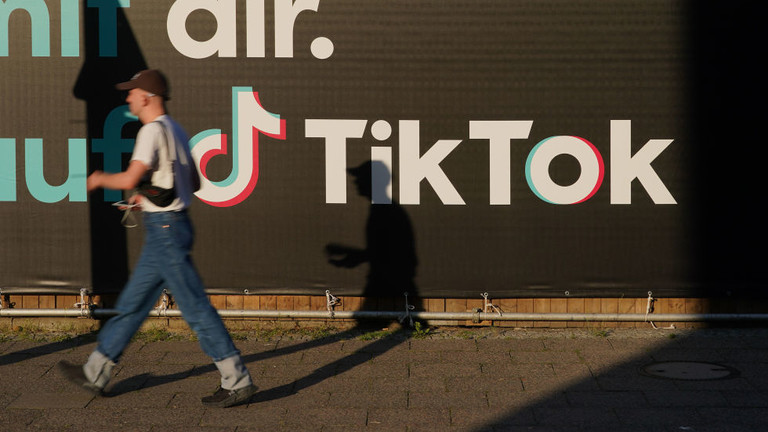
Sweden’s Defense Ministry has reportedly barred employees from using the Chinese-owned app on their work phones
Sweden’s military has reportedly cracked down on TikTok, decreeing that staff members are no longer allowed to use the Chinese-owned video-sharing application on their devices at work because of security concerns.
The Swedish Defense Ministry on Monday issued its decision, which was viewed by Agence-France Presse, banning the use of TikTok. Security concerns were raised based on “the reporting that has emerged through open sources regarding how the app handles user information and the actions of the owner company, ByteDance,” the ministry said.
The move follows similar restrictions imposed by other EU countries in recent weeks. For example, France banned government employees from downloading “recreational applications,” including TikTok, on their work phones. Norway barred use of the app on devices that can access its parliament’s computer network, while the UK and Belgium banned it on all government phones. Denmark’s Defense Ministry and Latvia’s Foreign Ministry imposed their TikTok bans earlier this month.
China responds to TikTok allegations
“Using mobile phones and tablets can in itself be a security risk, so therefore we don’t want TikTok on our work equipment,” Swedish Defense Ministry press secretary Guna Graufeldt told AFP.
The US, Canada and New Zealand previously banned their federal employees from using TikTok on government-issued devices, citing fears of ByteDance’s ties to the Chinese Communist Party (CCP). Members of Congress may try to ban the app from the US market altogether after testimony at a congressional hearing last week by TikTok CEO Shou Zi Chew failed to ease their security concerns. “They’ve actually united Republicans and Democrats out of the concern of allowing the CCP to control the most dominant media platform in America,” US Representative Mike Gallagher said on Sunday in an ABC News interview.
Chinese officials have denied claims that TikTok is used to collect the personal data of its American users. “The Chinese government has never asked and will never ask any company or individual to collect or provide data, information or intelligence located abroad against local laws,” Chinese Foreign Ministry spokeswoman Mao Ning told reporters last week. She added that Washington has attacked TikTok without providing any evidence that it threatens US security.
PLEASANT MUSIC FOR YOUR CAFE, BAR, RESTAURANT, SWEET SHOP, HOME
SUITABLE MUSIC FOR YOGA LOVERS

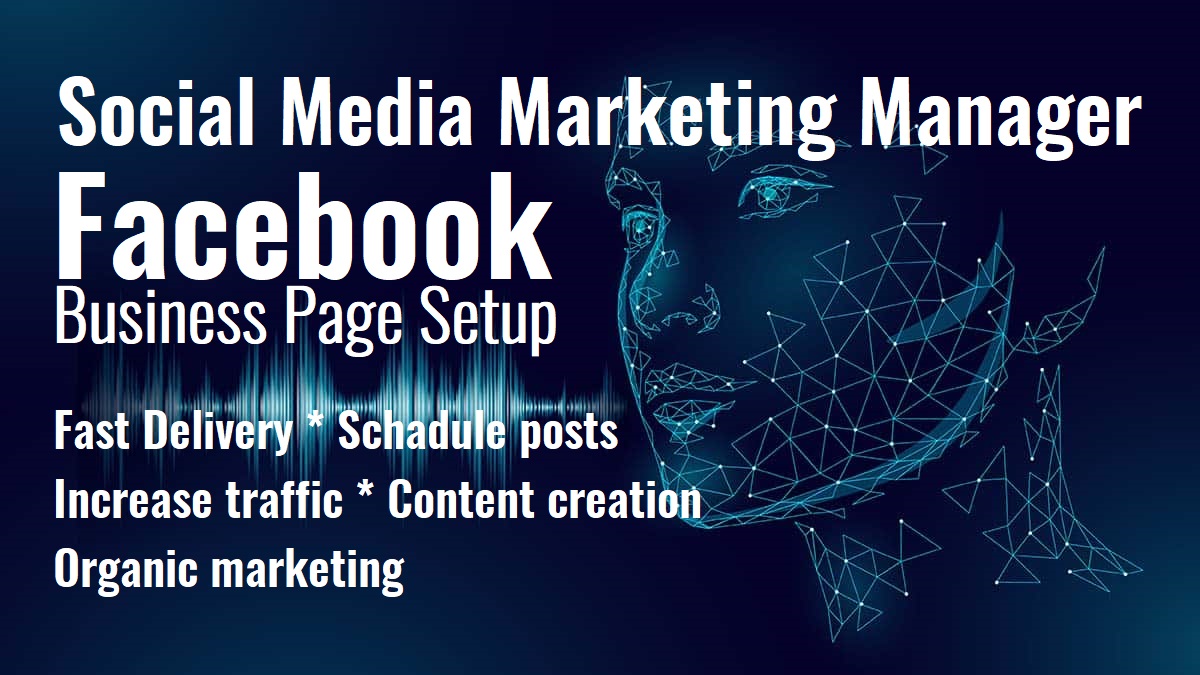

Global debt balloons to record highs

German military to sell tons of toilet paper

First female Saudi astronaut heads to space

Nigeria takes step to combat fuel shortages

US will default if debt deal fails – treasury secretary

Village People demand Trump stop using their music

Hollywood star pulls out of hosting awards show amid strike

Rock icon slams German authorities

Agatha Christie novels chopped by ‘sensitivity readers’ – media

Marvel star back in training after breaking over 30 bones

Turkish minister escapes fire blast (VIDEO)

Trump savages pop star’s Super Bowl performance

Alec Baldwin sued by Ukrainian family of slain cinematographer

Duran Duran stumbles, Dolly Parton rolls into Rock Hall

Sweden probes possible plot behind Russian pipeline leaks

FINANCE


Global debt balloons to record highs
It’s now $45 trillion higher than its pre-pandemic level and is expected to continue growing rapidly, a top trade body...


Nigeria takes step to combat fuel shortages
The West African country has built a giant oil refinery to cover domestic demand Nigeria will commission its new Dangote...


US will default if debt deal fails – treasury secretary
The current borrowing limit is a constraint on Washington’s ability to meet its obligations, Janet Yellen insists America’s chances of...


Facebook parent Meta fined €1.2 billion by Irish watchdog
The American tech company has been accused of violating EU data privacy rules US tech giant Meta has been hit...


UK’s business with sanctioned country booming
Trade between Britain and Iran has reached the highest level in a decade, according to official data, apparently having been...

POLITICS
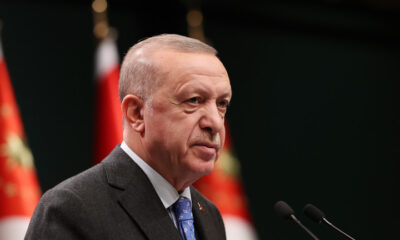

Erdogan election defeat would be ‘revenge’ – Syrian Kurds
The YPG claims the Turkish president failing to win another term would be payback for Ankara’s counter-terrorism operations in Syria...
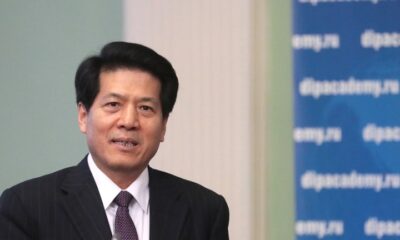

Chinese special envoy meets with Zelensky
Li Hui visited Kiev to share Beijing’s views on a political settlement to the Ukraine crisis Ukrainian President Vladimir Zelensky...


Pakistan’s top court orders release of former PM Imran Khan
Pakistan’s Supreme Court has ordered the release of former prime minister Imran Khan, whose arrest earlier this week triggered deadly...


Kamala Harris to run AI taskforce
The US vice president will ask AI execs to evaluate the safety and fairness of their models US Vice President...


Most Americans want to move on from Biden and Trump – poll
70% of respondents said the incumbent shouldn’t bid for office in 2024, with that figure 60% for the Republican former...

OPINION


Disgraced ex-PM Liz Truss seeks to ruin any hopes for normal UK-China ties
The former premier’s Taiwan trip is nothing but a provocation for Beijing to lash out at London, sinking any constructive...


India facing challenge to steer SCO agenda away from Western-dominated frameworks
The Shanghai Cooperation Organisation is looking at ways to address the most pressing global issues without being a disruptive influence...


China isn’t the biggest threat to Italy’s prosperity
Rome is considering leaving the Belt and Road Initiative in a move which will place virtue signaling to other Western...


Meet the Czech lawyer who rallies thousands to shake up the EU establishment
In mid-April, a fledgling political party that recently formed in the Czech Republic called Pravo Respekt Odbornost (Law Respect Expertise;...
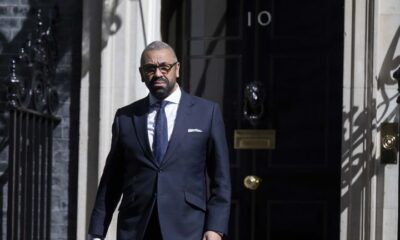

UK shows signs of good will to China, but it’s not the one calling the shots in this relationship
The British foreign secretary says antagonizing Beijing goes against London’s ‘national interests’, but Washington has other ideas British Foreign Secretary...

LIFE


conic Smiths bassist dies aged 59
The bassist with legendary English rock band The Smiths, Andy Rourke, has died at the age of 59, the group’s...


Village People demand Trump stop using their music
A viral video emerged last week of Donald Trump dancing to a Village People song at his Florida estate Village...


Hollywood star pulls out of hosting awards show amid strike
Drew Barrymore is stepping down as host of this year’s MTV Movie & Music Awards, due to be held on...
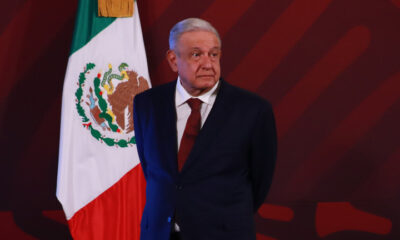

Mexico condemns US ‘interference’ in drug war
The DEA’s infiltration of the Sinaloa Cartel without state permission amounts to espionage, the Mexican president says Mexican President Andres...


Rock icon slams German authorities
Pink Floyd co-founder Roger Waters criticized the city of Frankfurt for canceling his concert and vowed to take legal action...



Trending
-

 FINANCE12 months ago
FINANCE12 months agoFacebook parent Meta fined €1.2 billion by Irish watchdog
-

 LIFE12 months ago
LIFE12 months agoconic Smiths bassist dies aged 59
-
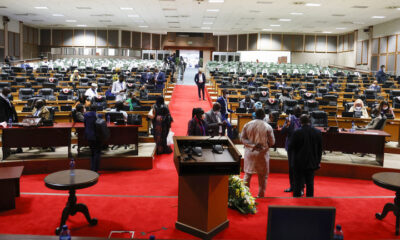
 NEWS12 months ago
NEWS12 months agoKenya supports creation of pan-African court
-

 FINANCE12 months ago
FINANCE12 months agoUS will default if debt deal fails – treasury secretary
-

 FINANCE12 months ago
FINANCE12 months agoGlobal debt balloons to record highs
-

 WAR12 months ago
WAR12 months agoUkraine won’t join NATO anytime soon – Scholz
-

 NEWS12 months ago
NEWS12 months ago‘Subway killer’ Daniel Penny’s actions expose a gap in US law enforcement
-

 NEWS12 months ago
NEWS12 months agoGerman military to sell tons of toilet paper





